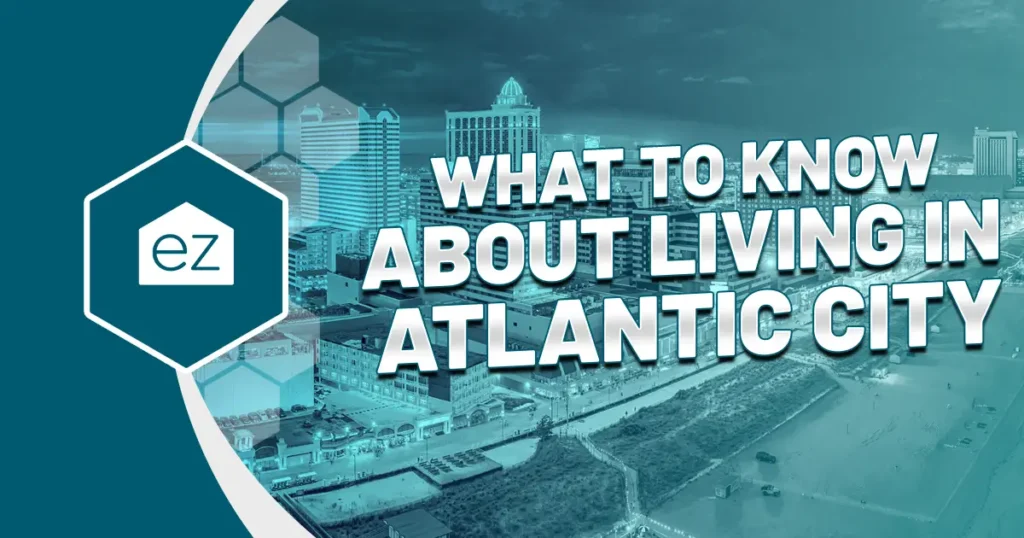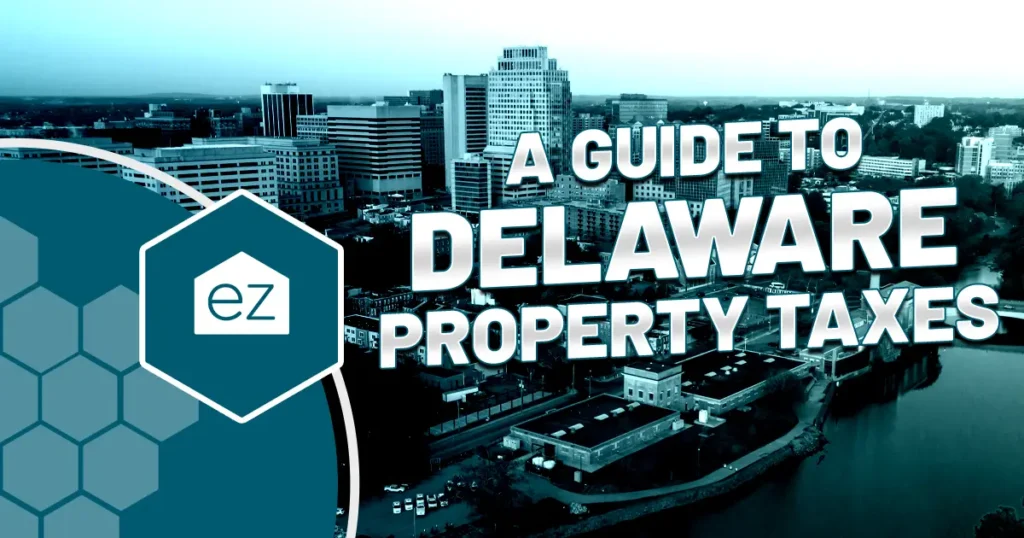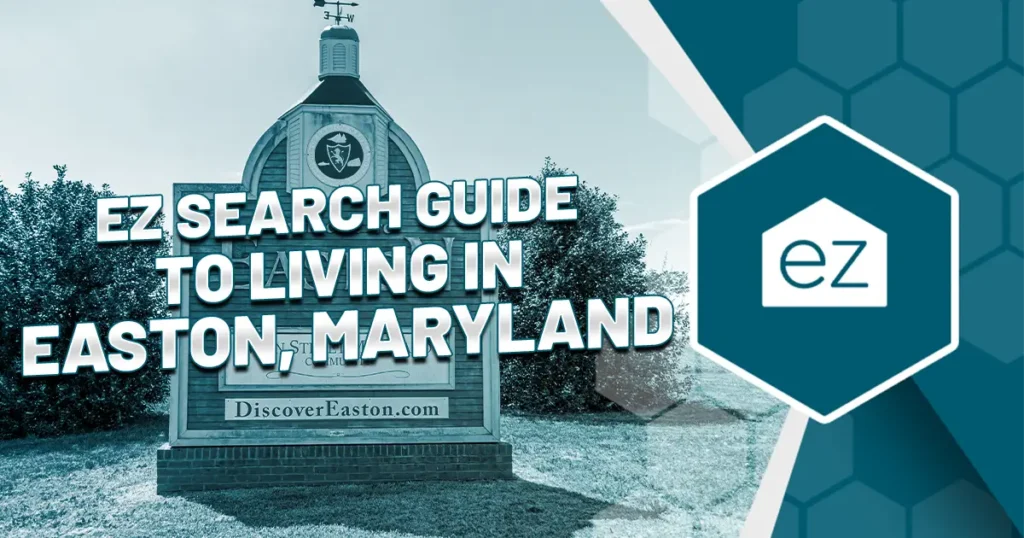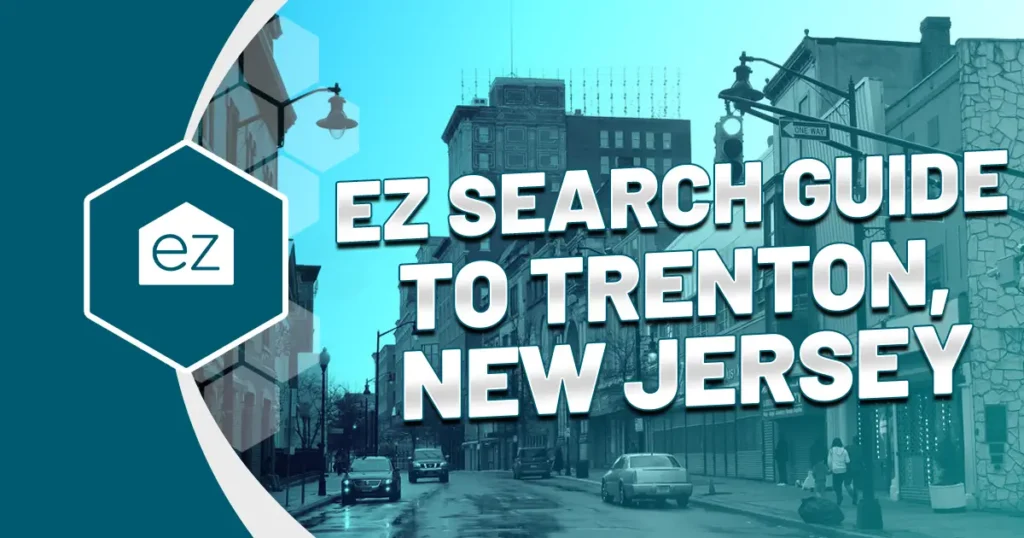Moving to Myrtle Beach: What is the Grand Strand?
What’s in a name like the Grand Strand?
It’s anchored in the 60 miles of coastline that connects all the Strand’s towns and flourishes in the people, culture and history that thrive here. Centuries ago, the first recorded name for the Myrtle Beach area was “Chicora,” which means “the land,” by the region’s Native American inhabitants. European settlers then dubbed it “Myrtle Beach” for all of the wax myrtle trees common in the area. It was in 1949, a few years before Myrtle Beach was officially incorporated as a city, that the “Grand Strand” name was brought to life. A local newspaper columnist for the Myrtle Beach Sun published a column called “From the Grandstand,” followed by another titled “From the Grand Strand” in the Myrtle Beach News.
Today, Myrtle Beach hosts more than 14 million visitors a year in this vacation destination. And the Grand Strand is one of the fastest growing areas to move to in the country. From all of the things to see, do and embrace to the warm, Southern charm, we’re going to take you on a guided tour (from South to North) of each town up and down this coastline that makes the Strand so grand.
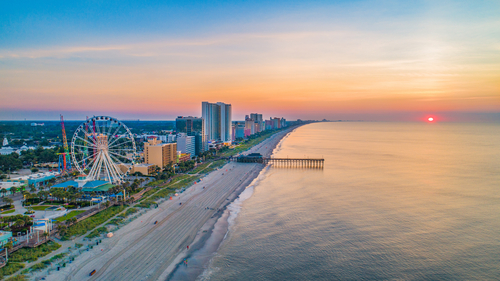
Georgetown

Starting at the Strand’s south end, the port city of Georgetown has a rich past as one of the earliest European settlements in the country that dates back to 1526. Two centuries later, Georgetown became a city in 1729 as a major center for the trade of rice and indigo. Up until the Civil War, Georgetown produced more than half the rice exported from the United States. Today, that history is still evident in the beautiful antebellum and Colonial era homes downtown, 60 of which are listed on the National Historic Register, several old churches, the Rice Museum, the Kaminski House, the S.C. Maritime Museum and the nearby Hopswee Plantation built in 1735, where Thomas Lynch Jr., one of the signers of the Declaration of Independence, was born. In addition to tours of these historic buildings, there are so many shops, art studios and seafood restaurants along the water of the Sampit River on Front Street or on the waterfront Harborwalk.
Pawleys Island
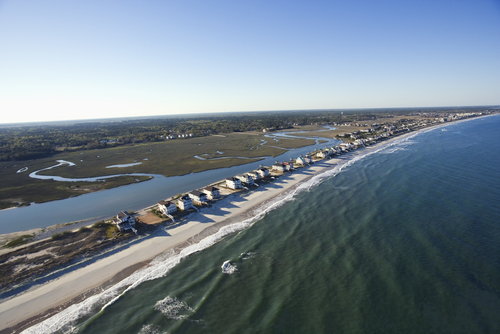
This quaint “shabby chic” beach town is one of the oldest summer resorts on the East Coast. The families of rice planters on plantations located on the nearby rivers first settled Pawleys Island in the 1700s for some fresh air during the summer (from May to the first frost in November). Twelve homes in the historic district, dating from the late 1700s to the mid 1800s, on the island remain, as well as that carefree vacation state of mind. The rich and famous are members of Pawleys’ DeBordieu Beach Club and all who live, visit and stay on the island take advantage of their wide, private beaches, fishing and crabbing in the creeks, catching a nap in the shade on a hammock from the Original Hammock Shop, where they’ve been weaving hammocks since 1889.
Litchfield Beach
Just a whisper north of greater Pawleys Island is the upscale community of Litchfield Beach. The quiet charm of Litchfield lies in its gated neighborhoods, public beach accesses beyond the dunes, two flagship resorts, golf courses, and tennis courts. The main artery of Litchfield on Highway 17 is lined with palms and gourmet markets, the infamous Litchfield Books, antique stores, pubs, fine dining restaurants, bakeries and more.
Murrells Inlet
The history of this tiny fishing village is as breathtaking and layered as its inlet water and the wealth of oyster beds that cling to the banks of pluff mud. The Winyah and Waccamaw Indians once called Murrells Inlet home, as did the pirates of the 1600s and 1700s, including Blackbeard, who would use the tidal creeks as an ambush/hideout. Considered the “Seafood Capital of South Carolina,” the fishing industry still runs rampant in Murrells Inlet, which features a bounty of fresh seafood markets, bait stores and seafood restaurants along Business 17 and the centerpiece Murrells Inlet Marshwalk, a lovely waterfront wooden walkway lined with seafood restaurants and bars. Two other main attractions of Murrells Inlet are the oceanfront Huntington Beach State Park and, west of 17, the scenic Brookgreen Gardens, the oldest and largest botanical sculpture garden on the East Coast. Wealthy industrialist Archer Huntington and his wife, sculptor Anna Hyatt, purchased the land and wintered in the park’s Atalaya Castle, a 30-room Spanish-style mansion built in the 1930s.
Garden City
Garden City and Murrells Inlet cross paths on the Georgetown and Horry (pronounced OR-ee) County border. The small beach community stretches out between the inlet and the ocean, accessed by boat or via Atlantic Avenue, which comes to a T at the ocean and is lined with surf shops, arcades, beach shops, bars and more. The Garden City Pier is the heartbeat of this community, equipped with a karaoke bar, snack stand, and tackle shop, with live music and fishing action at the end. This beach town is also known for its surfing hotspot by the pier, watersports, and crabbing.
Surfside Beach
Known as the family beach, Surfside Beach many local neighborhood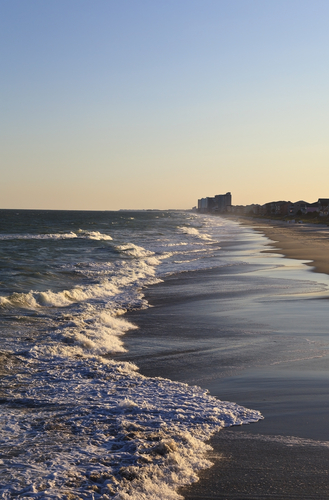 developments, oceanfront beach homes and condos. Officially incorporated in 1964, the small town is quiet and clean, featuring parks, ballparks, a library and playground, as well as a pier, which is in the process of being rebuilt after a recent hurricane ripped it up.
developments, oceanfront beach homes and condos. Officially incorporated in 1964, the small town is quiet and clean, featuring parks, ballparks, a library and playground, as well as a pier, which is in the process of being rebuilt after a recent hurricane ripped it up.
Socastee
Situated at what used to be the “back gate” of the former Myrtle Beach Air Force Base, Socastee is surrounded by Highways 544 and 707, and the Intracoastal Waterway. In fact, the waterway’s Socastee Swing Bridge is a historic landmark. Although it’s a small nook in Horry County, the Socastee community still boasts large single-family and multi-family neighborhoods, a large recreational park, a library, schools, churches, a hub of bars and restaurants and shops.
The Market Common
The former Myrtle Beach Air Force Base, which shut down in 1993, was given new life in 2008, when The Market Common, a mixed-use residential, dining, shopping and entertainment (bowling alley and movie theatre) destination opened. The streets in this charming community are named after historic Air Force heroes and lined with some of the best venues on the Strand. The Market Common also features a resort-style pool, a lake and walking/biking path across the complex, a playground and Grand Park, the site of fun, family-friendly festivals year-round.
Myrtle Beach
Officially incorporated in 1938, the City of Myrtle Beach is truly the heart of the Grand Strand. Doubling as both a residential community and vacation destination, Myrtle Beach is a hotspot for millions of visitors each (long) summer – voted one of the top beaches in the world – with wide beaches, entertainment, nightlife, golf, shopping, a minor league baseball team, dining and live theatre. There’s something for everyone here! In 1526, Spaniards from Hispaniola first settled here. But Myrtle Beach’s growth was slow going over the next three centuries, when the vacation town was still sparse and rustic. As the 1900s marched on, more people began to be drawn by the ocean, sand and beauty of Myrtle Beach (previously Long Bay, Withers and New Town), where they increasingly settled as a permanent home. And now Myrtle Beach is one of the most sought-after addresses in the country.
North Myrtle Beach
Since 1968, the city of North Myrtle Beach has been quadruplet strong, consisting of Cherry Grove, Windy Hill, Ocean Drive and Crescent Beach over a nine-mile stretch. North Myrtle is also the birthplace of the shag dance, the official state dance of South Carolina as of 1984. Take a stroll down the city’s Ocean Drive and Main Street, and you’ll hear the sounds of beach music, shag’s soundtrack. Barefoot Landing, an outdoor entertainment, shopping and dining complex hugging the waterway is a popular spot, alongside nearby Duplin Winery, Alligator Adventure, and, to the west, Shark Wake Park.
Little River
This small fishing village’s original name, “Mineola,” by Native Americans translates into Little River, today’s name, which is appropriate for the actual body of water that flows from the ocean into the Little River waterfront along Mineola Avenue. This is the very northernmost corner of the South Carolina coast and a hotspot for boating, fishing and watersports. It’s a diverse waterfront community that hearkens back to the 1600s, a blend of waterfront condos, marinas, golf villas, and single-family homes more inland. Must-sees and dos are the casino boat that launches out of Little River, the famous Little River Blue Crab Festival and the Shrimp & Jazz Festival in the fall.
And West of the Grand Strand …
Carolina Forest
This master-planned community is a robust collective neighborhood and commercial development area off U.S. 501 between Myrtle Beach and Conway. It’s a 25-mile-square mile community of more than 35,000 residents, forestry, retail and dining industry, and ever growing. Since its incorporation, there has been an influx of population in real estate, retail, schools, golf courses, rec centers, dining venues, and roads off Carolina Forest Boulevard, like International Boulevard and River Oaks.
Conway
This historic city, about 15 miles from the Grand Strand coast, skirts the Waccamaw River and dates back to 1732. Conway was a major economic station for river and railway systems, producing lumber and turpentine for shipbuilding, as well as tobacco. This ultra-cool downtown features a Riverwalk and marina along the Waccamaw, Horry County’s courthouse, shops, award-winning restaurants, the Theatre Republic and more. Conway is also home to the championship winning Coastal Carolina athletics on the Conway campus.
Loris
Loris began as a railroad town supplying the lumber industry in the 1880s and just a short drive from the coast. The birthplace of the Southern cooking staple, the chicken bog, Loris actually hosts an annual bog cookoff festival to celebrate it. Loris also showcases a revitalized downtown Main Street that features shopping, dining, and a seasonal local farmer’s market with fresh produce and home-baked goods.
Start Your Home Search
Preston Guyton
Share this Post
Related Articles
City Guide
What to Know About Living in Atlantic City
City Guide
A Guide to Delaware Property Taxes
City Guide
